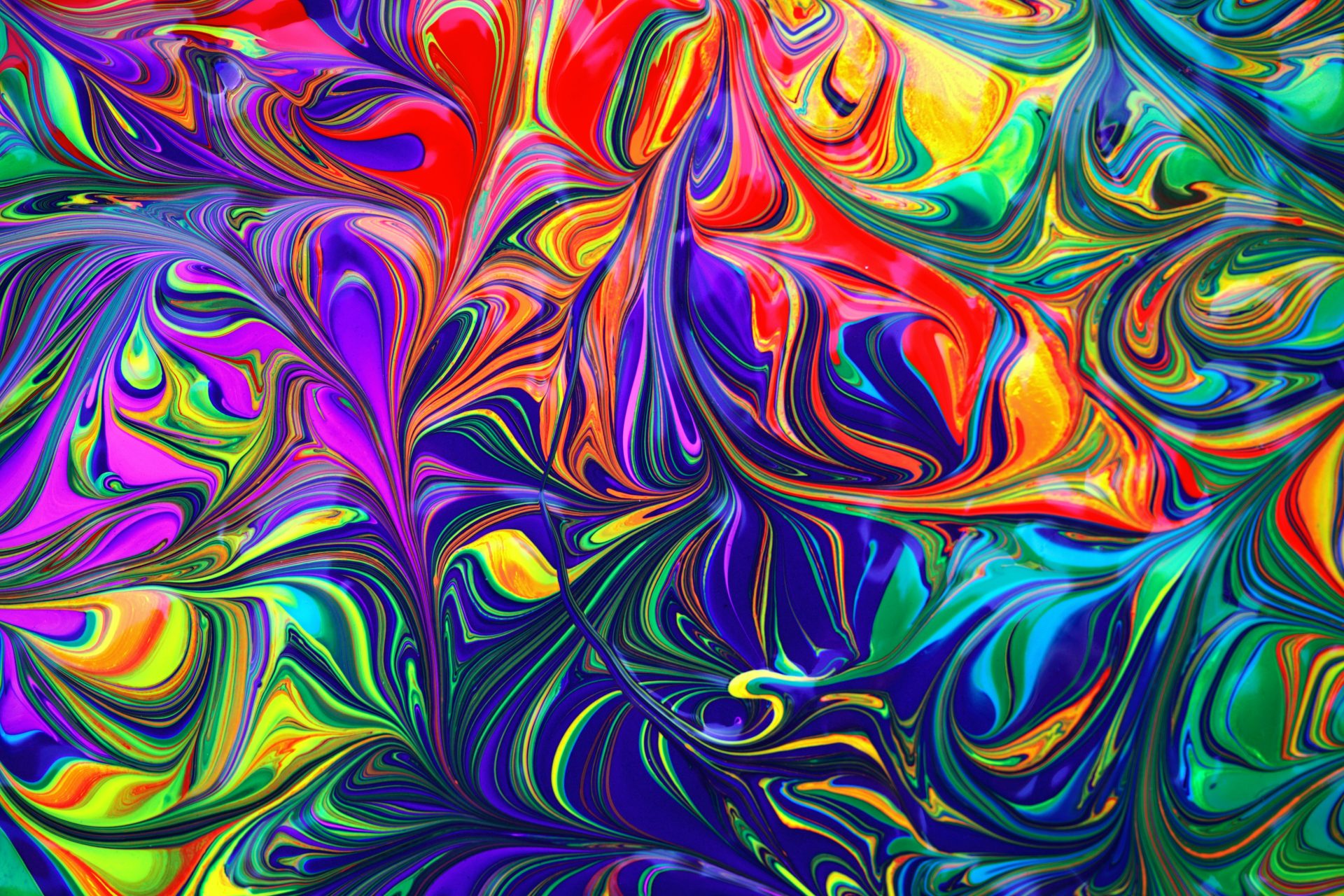Color Wheel Basics: Understanding Color Theory

Before diving in, please note: This post is for informational purposes only. If you’d like to know more about how we approach topics, feel free to check out our friendly Disclaimer Page.
Hey there, amazing readers! 🖐️ Just a quick note: yes, we know there are a lot of ads here. Trust us, we get it—it’s not the prettiest look, but they help us keep this blog alive and kicking. Those pesky little ads cover the costs of all the behind-the-scenes magic, from hosting and tech stuff to creating content we hope you’ll love.
We’re committed to delivering quality posts, and your support (even just sticking around despite the ads) means everything to us. So, bear with us, and thanks for helping us keep the good vibes rolling. Now, on to the fun stuff! 😉
TRANSLATE BUTTON AT THE END OF THE ARTICLE
Introduction to Color Wheel Basics
Color theory is a fundamental concept in art and design that explores how colors interact with each other.
At the heart of color theory is the color wheel, a visual representation of the relationships between colors.
Understanding the color wheel can help artists and designers create harmonious and visually appealing compositions.
The color wheel is divided into primary, secondary, and tertiary colors, each with their own unique properties and characteristics.
Primary Colors: Red, Blue, Yellow
Primary colors are the foundation of the color wheel and cannot be created by mixing other colors together.
The three primary colors are red, blue, and yellow.
These colors are considered pure because they cannot be made by mixing other colors together.
Primary colors are essential for creating all other colors on the color wheel.
Secondary Colors: Orange, Green, Purple
Secondary colors are created by mixing two primary colors together.
The three secondary colors are orange (red + yellow), green (yellow + blue), and purple (blue + red).
These colors are located between the primary colors on the color wheel and offer a range of possibilities for artists and designers.
Tertiary Colors: Red-Orange, Yellow-Green
Tertiary colors are created by mixing a primary color with a secondary color.
Tertiary colors are located between the primary and secondary colors on the color wheel.
Examples of tertiary colors include red-orange and yellow-green.
These colors offer a more nuanced and complex palette for artists and designers to work with.
Warm vs Cool Colors
Colors can be divided into two categories: warm and cool.
Warm colors include reds, oranges, and yellows, while cool colors include blues, greens, and purples.
Warm colors tend to evoke feelings of energy and warmth, while cool colors are often associated with calmness and tranquility.
Understanding the difference between warm and cool colors can help artists and designers create mood and atmosphere in their work.
Complementary Colors and Color Harmony
Complementary colors are pairs of colors that are located opposite each other on the color wheel.
Examples of complementary colors include red and green, blue and orange, and yellow and purple.
When placed next to each other, complementary colors create a strong contrast that can be visually appealing.
Using complementary colors in a composition can create a sense of harmony and balance.
Analogous Colors and Color Schemes
Analogous colors are groups of colors that are located next to each other on the color wheel.
Examples of analogous color schemes include red, orange, and yellow or blue, green, and yellow.
Analogous colors create a sense of unity and cohesion in a composition.
Using analogous colors can create a harmonious and visually pleasing color scheme.
Understanding Color Value and Intensity
Color value refers to the lightness or darkness of a color, while color intensity refers to the brightness or dullness of a color.
By adjusting the value and intensity of colors, artists and designers can create depth and dimension in their work.
Understanding color value and intensity can help artists and designers create dynamic and engaging compositions.
Importance of Color Contrast
Color contrast is the difference between two colors in a composition.
High contrast can create visual interest and draw the viewer’s eye to a particular area of the composition.
Using color contrast effectively can help artists and designers create emphasis and focus in their work.
Understanding the importance of color contrast can help artists and designers create compelling and visually striking compositions.
Color Psychology and Symbolism
Colors have psychological and symbolic meanings that can influence how they are perceived.
For example, red is often associated with passion and energy, while blue is associated with calmness and tranquility.
Understanding color psychology and symbolism can help artists and designers evoke specific emotions and create a desired mood in their work.
By using colors strategically, artists and designers can communicate powerful messages through their work.
Practical Applications of Color Theory
Color theory has practical applications in various fields, including art, design, fashion, and marketing.
Understanding color theory can help artists and designers create visually appealing compositions, communicate messages effectively, and evoke specific emotions in their audience.
By applying color theory principles, artists and designers can enhance the impact and effectiveness of their work.
Tips for Using the Color Wheel Effectively
Experiment with different color combinations to create unique and visually appealing compositions.
Use the color wheel as a guide to create harmonious color schemes in your work.
Consider the mood and atmosphere you want to convey and choose colors accordingly.
Pay attention to color value and intensity to create depth and dimension in your work.
Use color contrast strategically to create emphasis and focus in your compositions.
Conclusion
Understanding color theory and the color wheel basics is essential for artists and designers looking to create visually appealing and harmonious compositions.
By exploring the relationships between colors on the color wheel, artists and designers can create dynamic and engaging work that communicates powerful messages and evokes specific emotions.
By applying the principles of color theory, artists and designers can enhance the impact and effectiveness of their work, creating powerful and memorable compositions.

The Enlightenment Journey is a remarkable collection of writings authored by a distinguished group of experts in the fields of spirituality, new age, and esoteric knowledge.
This anthology features a diverse assembly of well-experienced authors who bring their profound insights and credible perspectives to the forefront.
Each contributor possesses a wealth of knowledge and wisdom, making them authorities in their respective domains.
Together, they offer readers a transformative journey into the realms of spiritual growth, self-discovery, and esoteric enlightenment.
The Enlightenment Journey is a testament to the collective expertise of these luminaries, providing readers with a rich tapestry of ideas and information to illuminate their spiritual path.
Our Diverse Expertise 🌟
While our primary focus is on spirituality and esotericism, we are equally passionate about exploring a wide range of other topics and niches 🌍📚. Our experienced team is dedicated to delivering high-quality, informative content across various subjects ✨.
To ensure we provide the most accurate and valuable insights, we collaborate with trusted experts in their respective domains 🧑🏫👩🏫. This allows us to offer well-rounded perspectives and knowledge to our readers.
Our blog originally focused on spirituality and metaphysics, but we’ve since expanded to cover a wide range of niches. Don’t worry—we continue to publish a lot of articles on spirituality! Frequently visit our blog to explore our diverse content and stay tuned for more insightful reads.







